WWII aircraft carrier USS Independence found 'amazingly intact' off California coast [Photos]
A Second World War aircraft carrier that sank 64 years ago has been found off the coast of California "amazingly intact".
The location of the USS Independence was confirmed by the National Oceanographic & Atmospheric Administration, the US Navy and private industry partners following a two year mission to locate, map and study historic shipwrecks in the in Gulf of the Farallones National Marine Sanctuary.
The Independence is one of an estimated 300 ships located off San Francisco, but it is the deepest known – resting at 2,600ft below the surface of the water.
Researchers said the ship's hull and flight deck are clearly visible, along with a plane in the carrier's hanger bay.
Independence operated in the central and western Pacific from 1943 to 1945 and was one of more than 90 vessels assembled as a target fleet for the Bikini Atoll atomic bomb tests in 1946.
It survived the blast and was returned to at San Francisco's Hunters Point Naval Shipyard, where it was studied for decontamination until 1951 when it was taken out to sea for scuttling.
"After 64 years on the seafloor, Independence sits on the bottom as if ready to launch its planes," said James Delgado, chief scientist on the Independence mission.
"This ship fought a long, hard war in the Pacific and after the war was subjected to two atomic blasts that ripped through the ship. It is a reminder of the industrial might and skill of the 'greatest generation' that sent not only this ship, but their loved ones to war."
The Independence was found using Echo Ranger, an 18ft autonomous underwater vehicle. It spotted the ship as it glided 150ft above the wreck – the results showed Independence is upright with much of its flight deck intact, but with gaping holes leading to the hanger decks.
Frank Cantelas, archaeologist with NOAA's Office of Ocean Exploration and Research, said: "By using technology to create three-dimensional maps of the seafloor and wrecks like Independence, we can not only explore, but share what we've learned with the public and other scientists."
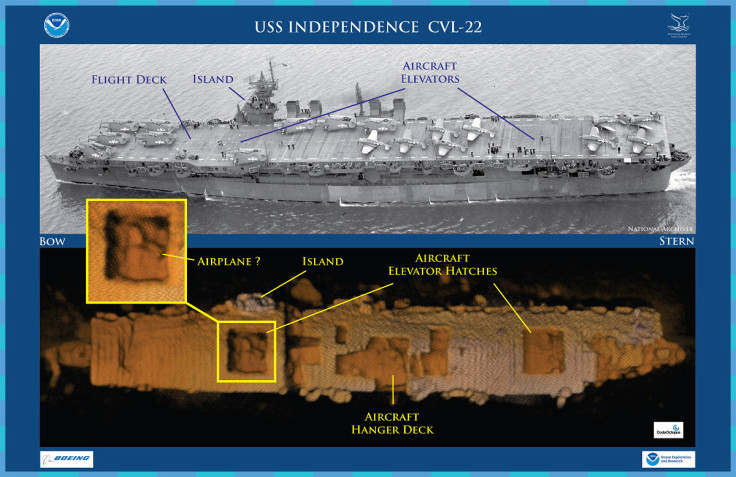
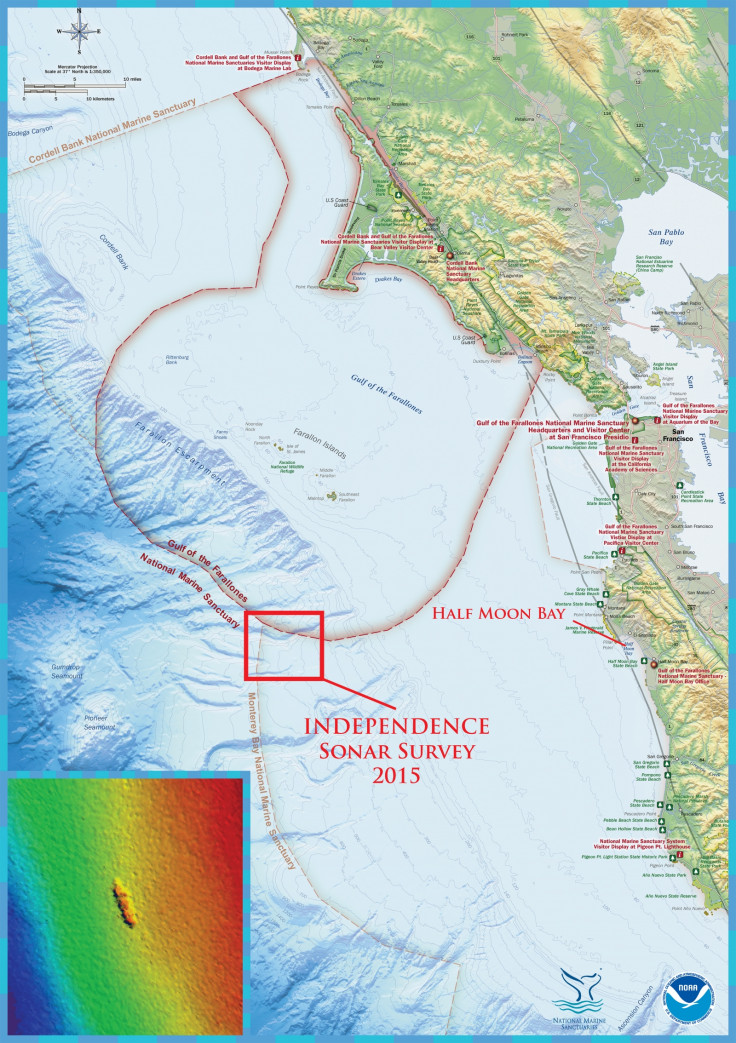
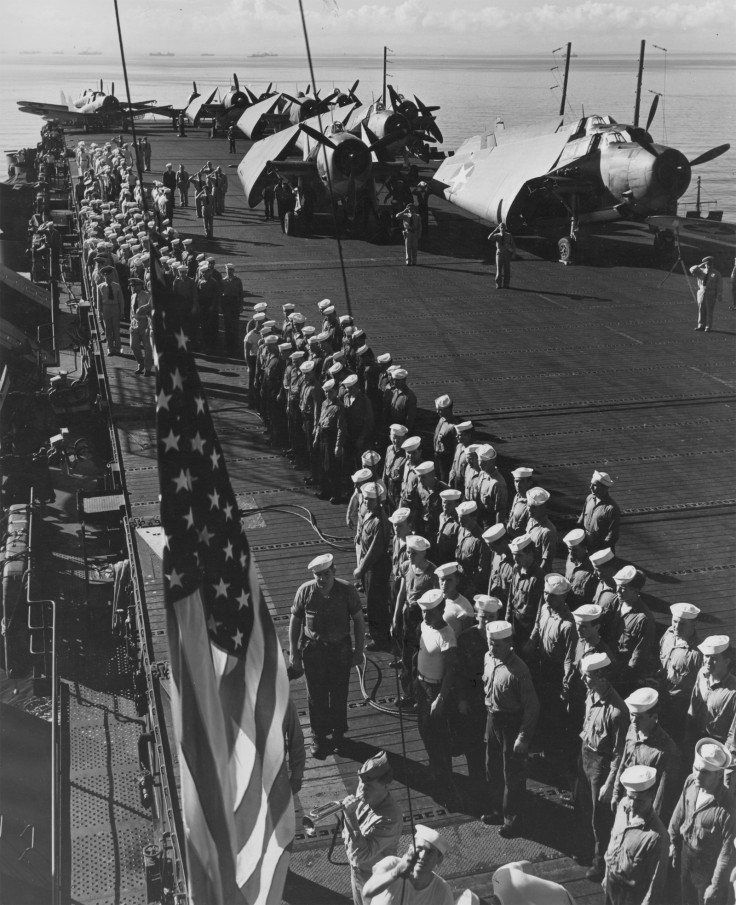
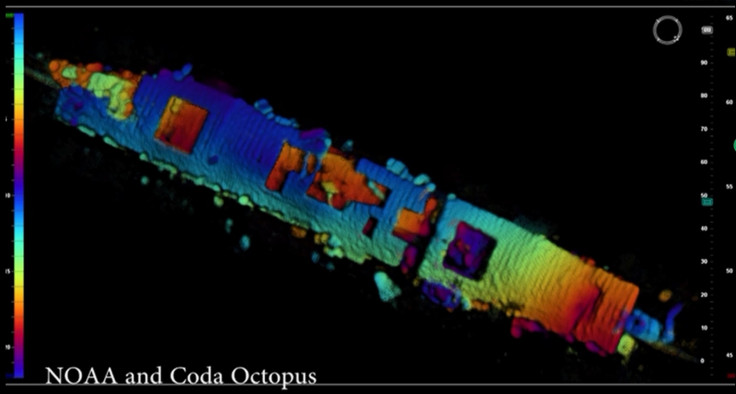
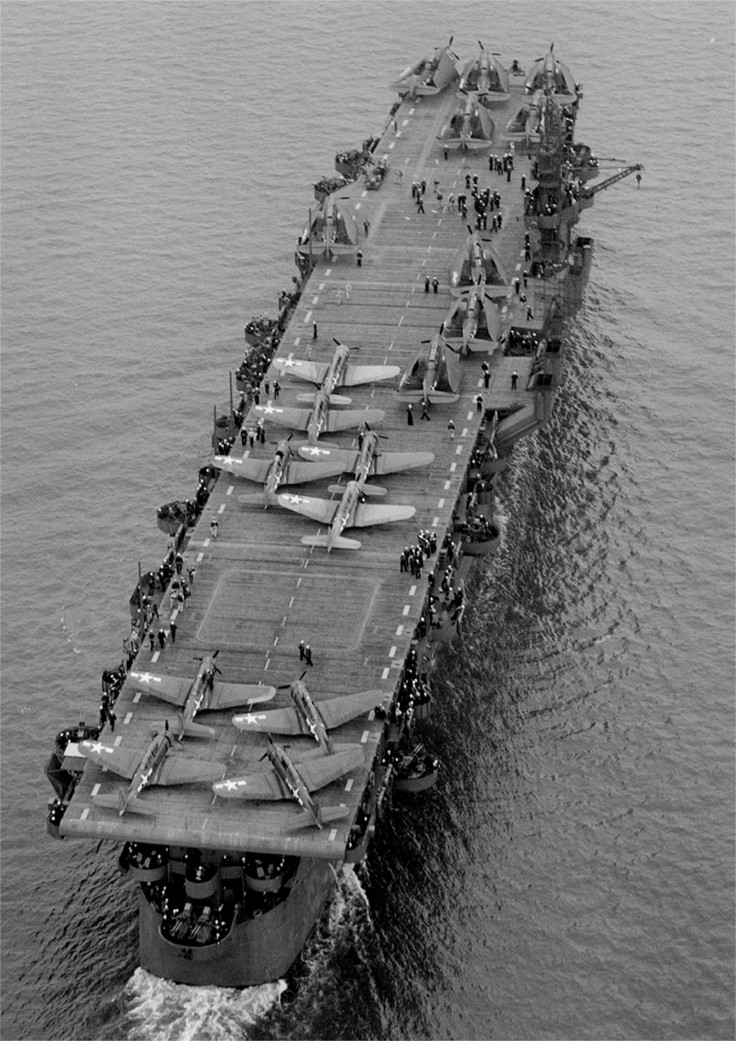
© Copyright IBTimes 2025. All rights reserved.






















